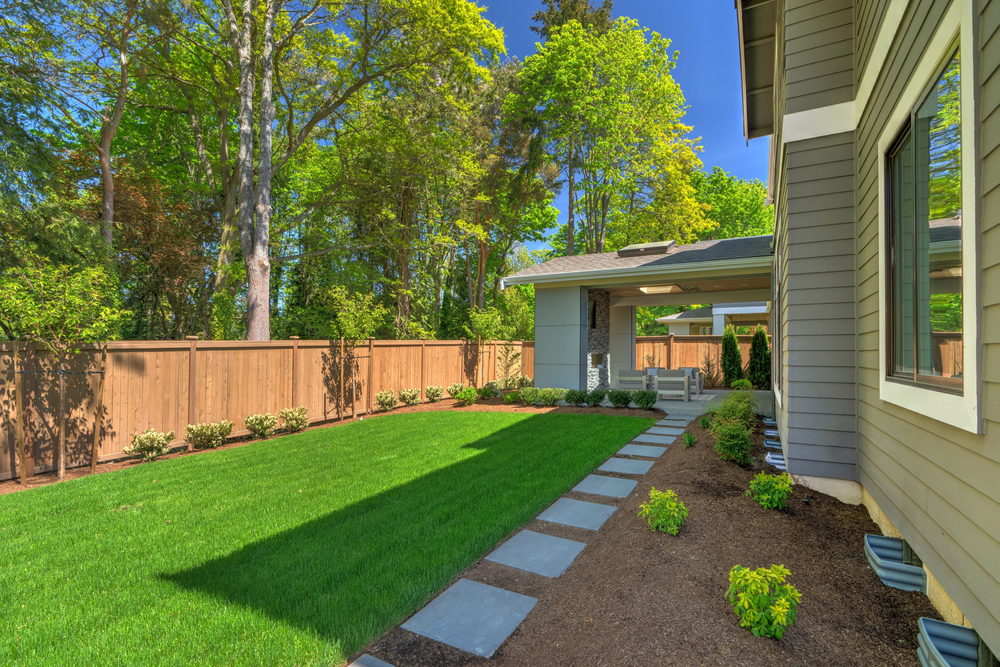Landscaping can be an effective way to reduce noise in your outdoor space, providing both aesthetic and functional benefits. The best landscaping for noise reduction typically involves a combination of strategies, including the use of plants, hardscape elements, and other sound-absorbing features. Here are some landscaping techniques that can help reduce noise:
- Plant Dense Vegetation: One of the most effective ways to reduce noise is by planting dense vegetation, such as trees, shrubs, and hedges. Evergreen plants with thick foliage are particularly effective at absorbing and blocking sound. Planting a variety of species at different heights can create layers of sound-absorbing foliage.
- Use Trees: Tall trees with dense canopies can provide excellent noise reduction. Deciduous trees can provide shade and noise reduction in the warmer months while allowing sunlight to penetrate in the winter when their leaves have fallen.
- Create a Green Screen: Planting a row of tall, dense evergreen trees or shrubs in a staggered pattern can create a green screen that helps block and absorb noise. This screen can be particularly effective if placed between your outdoor living area and the noise source.
- Add Water Features: Water features like fountains, ponds, or waterfalls can create pleasant ambient noise that masks unwanted sounds. The sound of flowing water can be soothing and help drown out traffic or other urban noises.
- Install Sound-Absorbing Surfaces: Consider using sound-absorbing materials, such as porous pavers or acoustic panels, in your landscaping design. Porous surfaces allow water to infiltrate while reducing sound reflection. Acoustic panels can be integrated into fences, walls, or other structures.
- Build Earthen Berms: Constructing earthen berms or mounds can help block and deflect sound waves. Planting these berms with grass, trees, or shrubs can enhance their noise-absorbing properties.
- Use Hardscape Elements: Incorporating hardscape features like walls, fences, and pergolas can help block and reflect sound. Solid walls or fences can act as effective barriers, while pergolas can support the growth of climbing plants that add to noise reduction.
- Strategic Placement: Consider the layout and placement of your landscaping features to maximize noise reduction. Position sound-absorbing elements between your outdoor space and the noise source, creating a buffer zone.
- Combine Features: Often, the most effective noise reduction results from a combination of landscaping elements. Combining tall trees, shrubs, a solid fence, and a water feature, for example, can create a comprehensive noise-reducing environment.
- Regular Maintenance: Maintain your landscaping features regularly to ensure they remain effective at noise reduction. Prune and trim plants as needed, and keep vegetation healthy to maximize their sound-absorbing capabilities.
The specific landscaping strategy for noise reduction will depend on your property’s layout, the type of noise you’re trying to mitigate, and your aesthetic preferences. It’s often a good idea to consult with a landscape architect or designer who can create a customized landscaping plan tailored to your needs and environment.



